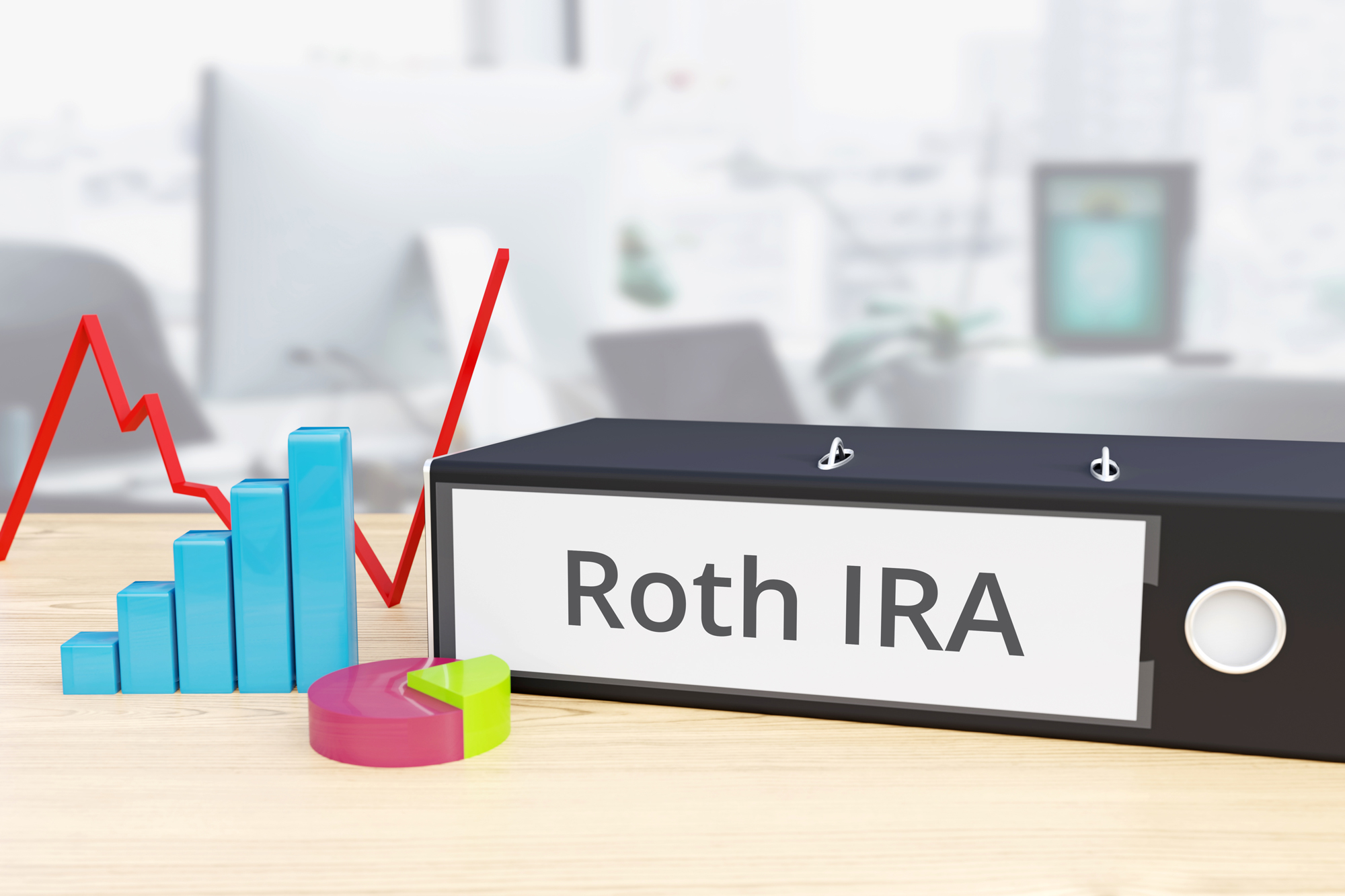Although traditional individual retirement accounts (IRAs) are well-known for their tax benefits, how does a Roth IRA work—more precisely, how does it grow over time? While your contributions help, it is the power of compounding that enables you to accumulate wealth with a Roth IRA.
Your account is funded in two ways: through contributions and earnings. While the former is the most obvious source of growth, the possibility of dividends and the compounding effect can be much more significant.
KEY TAKEAWAYS
- A Roth IRA allows for tax-deferred growth and withdrawals during retirement.
- Roth IRAs grow compounded annually, even in years when you are unable to contribute.
- There are no required minimum distributions, which means you can let your money alone grow if you don’t need it.
What Is a Roth IRA?
Traditional and Roth IRAs are popular savings vehicles for those who recognize the value of retirement preparation. Accounts can be opened quickly and easily through an internet broker or with the assistance of a financial counselor.
The tax treatment of contributions is the defining feature of a Roth IRA. Contributions to a traditional IRA are made with pretax monies, which means you will pay income tax on the funds when you remove them later. Roth IRA contributions, on the other hand, are made with after-tax dollars. As a result, any contributions you make are tax-deductible at your option.
On the other hand, earnings normally cannot be withdrawn until five years have passed and you reach the age of 5912 without suffering taxes and penalties. Qualified withdrawals of both contributions and earnings are also tax-free during retirement.
Traditional IRAs provide a tax break now and a tax break later; Roth IRAs provide a tax break now and a tax break later.
Numerous employees rely on retirement funds amassed through payroll deferrals to an employer-sponsored savings plan, such as a 401(k) (k). On the other hand, IRAs enable anyone—including self-employed individuals—to contribute during their working years to secure financial stability later in life.
Roth IRA Growth
When your account’s investments produce dividends or interest, the earnings are added to your account balance. The account’s earnings are contingent upon the investments it contains. Bear in mind that IRAs are accounts that hold the investments you select (they are not investments on their own). These investments work for you, allowing your money to grow and multiply.
Your account can grow even if you are unable to contribute during a given year. You earn interest, which is credited to your account, and then you earn interest on your interest, and so forth. The growth rate of your account might improve year after year due to the magic of compound interest.
No Required Minimum Distributions for Roth IRAs
With traditional IRAs, you must begin taking required minimum distributions (RMDs) at the age of 72, regardless of whether you need the money. With a Roth IRA, this is not the case. You can keep your savings in your account indefinitely as long as you have qualifying earned income and your modified adjusted gross income does not exceed the annual contribution limit.
These characteristics make Roth IRAs attractive vehicles for wealth transfer. When a beneficiary inherits your Roth IRA, he or she will often be required to make 10-year withdrawals. This can provide your loved ones with years of tax-free growth and income.
Roth IRA Growth Example
Here is an illustration. Assume you contribute $3k to your Roth IRA annually for the next 20 years, totaling $60,000. Bear in mind that, beginning in 2021, you can contribute up to $6,000 ($7,000 if you’re 50 or older) as long as you fulfill specific income requirements.
Your account gets a very modest $5,000 in interest along with your payments, totaling $65,000. To increase your funds, you decide to invest in a mutual fund that pays an annual interest rate of 8{e1706a52c3b3138427a8e72931d9d59b6d08ac610477d60aad46d317c02b8d31}.
Even if you stop contributing to your IRA account after twenty years, you continue to earn 8{e1706a52c3b3138427a8e72931d9d59b6d08ac610477d60aad46d317c02b8d31} on the entire $65,000. The following year, you earn $4,800 in simple interest (the sum of your contributions multiplied by 8{e1706a52c3b3138427a8e72931d9d59b6d08ac610477d60aad46d317c02b8d31}) and $400 in compound interest (the sum of your earnings multiplied by 8{e1706a52c3b3138427a8e72931d9d59b6d08ac610477d60aad46d317c02b8d31}). This increases your account balance by $70,200.
The following year, you earn an additional 8{e1706a52c3b3138427a8e72931d9d59b6d08ac610477d60aad46d317c02b8d31} on the sum of your contributions and previous earnings for a total of $5,616 in interest. Your account balance has been increased to $75,816. Without making any more donations, you gained approximately $11,000 in just two years. You earn $6,065 in the third year, bringing your balance to $81,881.
After another five years, your account earns an additional $38,429 in interest, bringing the total balance to $120,310. Without any contributions, your Roth IRA has nearly doubled in value over the last eight years due to the compounding effect of interest.
Max Out Your 401(k) Match First
Of course, a Roth IRA should not be the only vehicle for saving for retirement. If your employer offers a 401(k) or similar plan, this is another excellent area to invest in for retirement. This is why.
- If your employer matches your contributions, you receive an immediate 100 percent return on a portion of the cash you invest in your 401(k).
- Because 401(k)s are tax-deferred, your money increases more rapidly.
- You receive a tax deduction for the year you contribute, which reduces your taxable income (and gives you more to invest).
- Contribution restrictions are pretty high: You can invest up to $19,500 in 2021, or $26,000 if you are 50 years or older.
A prudent method is first to fill your 401(k) to ensure you receive the entire match and then work on maxing out your Roth. If you have remaining funds, you can concentrate on completing your 401(k) (k).
The Bottom Line
Roth IRAs take advantage of compound interest. Even little annual donations might accumulate to a large amount over time. Of all, the sooner you begin, the more you may benefit from compounding—and the better your chances of retiring comfortably.





